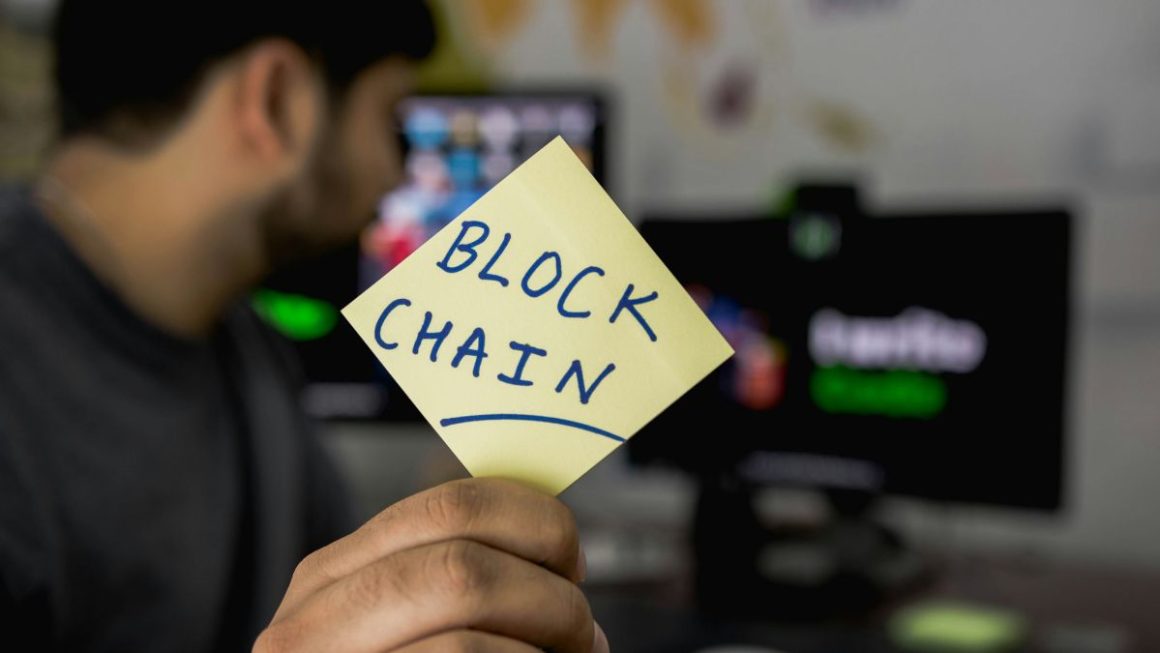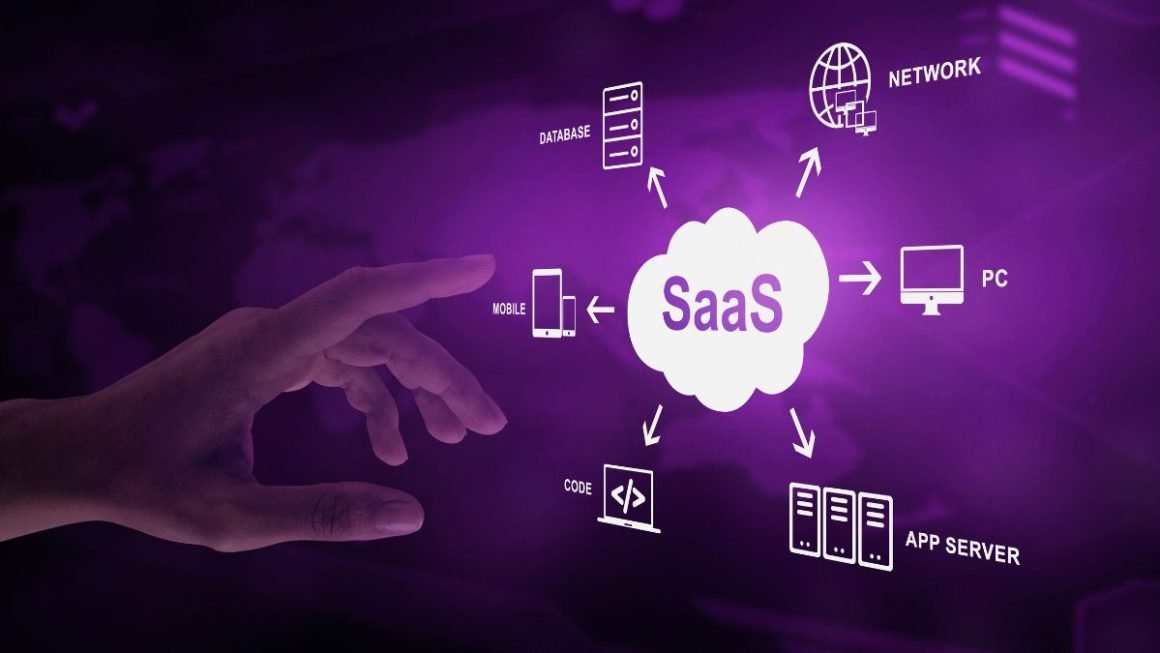In the era of digital transformation, the boundaries of the company are no longer marked by the walls of the office – the company is where its employees are. This creates completely new challenges related to both the nature of the duties performed, data security, and technical support.
Not so long ago, the computer as a work tool was used primarily by office workers. The challenges facing IT departments were relatively simple and routine. Installing applications, updating the BIOS, keeping your data safe, servicing in the event of a problem – it’s all easy to do when your computers are at hand. The internet and the advent of handheld mobile devices capable of transmitting data wirelessly have made it less simple. Notebooks have become an everyday working tool for people working remotely. Differences in tasks and the way employees perform work in different positions forced an individual approach. In addition to the right equipment, a mobile sales representative also needs different software, appropriate security policies, and a different level of technical support than an accountant working from home or an engineer who works on a highway construction site every day. At the same time, all these employees use smartphones in parallel, connecting them to the company’s intranet and sending and saving sensitive data in their memory.
The rapid increase in the number of working remotely forced IT departments to develop new working methods. Equipment suppliers also come to the rescue by offering tailored services. An important issue is to look at the needs of companies and users in a comprehensive manner, from the moment of selecting the solution through its implementation, maintenance, and its final withdrawal and replacement with a new device.
Implementation
The process of implementing an IT solution should start at the stage of defining users’ needs and analyzing their way of working. Considering the dispersed structure or the increasing mobility of employees, it seems to be currently crucial for ensuring adequate efficiency and work comfort.
Think of a sales representative who works away from your office. There is no daily physical access to the IT department. Today’s technologies allow producing a computer intended for a remotely working person, mobile (e.g., light or durable), and easy to implement to work in a specific environment. For example, a computer sent directly from the factory to the sales representative on initial startup and authorization can automatically join the company’s domain and be configured according to the guidelines of the IT department. It downloads security policies, encrypts your hard drive, installs Office or a VPN application. Until now, technologies of this type (the so-called zero-touch deployment) were available only for mobile phones.
Thanks to such solutions, we both save time and costs related to the physical operation of the computer by the IT department, travel, and shorten the time of the entire implementation, which can take place simultaneously on hundreds of computers.
Maintenance
Of course, just getting your computer ready to work is only part of the process. The entire product life cycle is related to regular updating, configuration, and ensuring data security. By using the right tools, even though there is no physical access to the computer, the IT department has full control over the data on its disks. It can remotely apply new security policies, manage computer BIOS, passwords or track its location. Interestingly, IT can create such security policies where access to selected applications or data will be possible only from a specific location, and immediately after the user leaves it, it will be automatically blocked.
Remote work, especially when it takes place in public spaces, exposes us to additional security risks. In 2017, more than 200,000 new threats were created every day. The traditional approach to malware detection relies on a signature database that needs to be updated regularly. In the case of such a large number of new threats, this solution ceases to be effective. Therefore, a completely new type of software appears on the market caring about the security of computers. For example, the programs provided by Cylance are no longer based on signatures but on artificial intelligence and a mathematical model. This form of fighting threats is prepared for their dynamically growing number. Due to the mechanism of operation, the program does not require frequent updates (normally, two algorithm updates a year) because it also protects against upcoming threats.
In the maintenance phase, we also cannot forget about technical support. It has to reach where the user and his computer are. That is why equipment suppliers offer services with fast repair time (next business day) in 180 countries around the world. This support applies not only to hardware but also to software provided by the computer vendor. Often, applications help in carrying out an efficient service procedure. For example, Dell offers advanced computer monitoring and defect detection software to help you resolve issues quickly. So if the hard drive is not working properly, the software will automatically inform the service and order a technician’s visit, and the technician will replace the part that would have suffered a serious failure in the coming days.
Withdrawal
Support at the last stage of a product’s life is no less important for companies. After several years of use, a worn-out computer can be replaced with a new one. The old computer can be bought back or disposed of on behalf of the customer, and the data will be securely wiped. Importantly, the equipment supplier will carry out the data transfer process.
Minimizing the direct contact of the IT department with the end user’s computer fits in with the idea of transforming the workplace. All activities aim to facilitate and ensure adequate mobility of employees and relieve IT departments from tedious and repetitive maintenance activities. The time saved allows them to focus on more strategic activities from the company’s point of view.
The possibilities for improvement are virtually endless. However, the time in which a company may hesitate to use this option is limited. In an era of digital transformation in an increasingly competitive marketplace, solutions to increase efficiency, stability, and security are no longer a luxury but an urgent requirement.
Also Read : The Most Agile Will Survive. Big Companies Can Act Like Start-Ups




